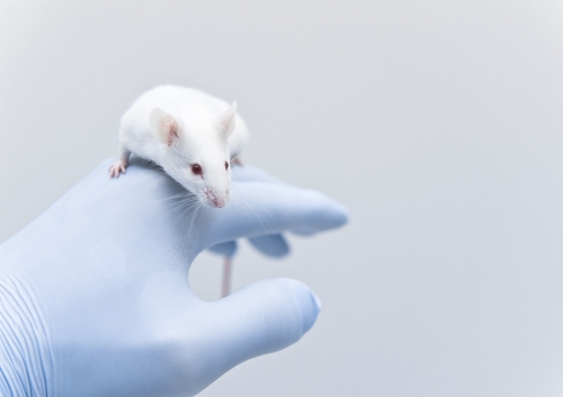Patients and community favour personalised mouse avatars to pre-test cancer treatment
The community supports pre-testing cancer treatments in mice models, new UNSW research shows.
The community supports pre-testing cancer treatments in mice models, new UNSW research shows.

Isabelle Dubach
Media and Content Manager
+61 432 307 244
i.dubach@unsw.edu.au
Mouse avatars – a method to pre-test cancer treatments in mice and personalise treatment approaches – are overwhelmingly supported by both cancer survivors and the wider community, a world-first study has found.
The study surveyed and analysed the views of more than 1500 people, including cancer survivors, parents and the community, and was recently published in Lancet journal EBioMedicine.
The results will inform the successful implementation of models like these, and guide the future of patient involvement in cancer treatment decision-making.
“Mouse avatars are likely to play a key role in translational cancer care of the future,” says lead author Professor Claire Wakefield from UNSW Medicine and the Kids Cancer Centre, Sydney Children’s Hospital.
“This is the first study in the world to ask the community about their views on using mouse avatars to pre-test cancer treatments.”

Professor Claire Wakefield. Credit: Rebecca Collins
In mouse avatars, scientists implant some of the individual patient’s tumour into a set of mice, wait for the tumours to grow, and then test what they think are the best drugs on those mice – all before using the treatment in the patient.
The avatars are formally called patient-derived xenografts (PDX) and they are being rolled out around the world in adult and children’s hospitals. They’re often described as ‘stand-ins for real people’.
“It is truly personalised medicine as we’re testing the drugs on each patient’s actual tumour,” Professor Wakefield explains.
“The hope is that we can choose the right treatment faster, which we would hope would give the patient the best chance of surviving, as well as reducing the number of potentially ineffective drugs the patient is subjected to.
“It’s a very new approach and therefore we don’t have a lot of long-term data yet. However, the early data is promising and we think this could be a useful model to improve outcomes, but we won’t know for sure until we’ve done a lot more research.”
Professor Wakefield says that while this prospect is very exciting, before this study it was unknown whether this new approach would be met with acceptance by patients, family and community.
“There are some things we felt were important to ask patients, families and the community about. For example, would they want to use this approach for their cancer treatment? How much would they be willing to pay for this?”
'I think if you are faced with a life-threatening situation, you do sometimes have to make decisions you wouldn't otherwise make. That's possibly why our survivors and parents found PDXs the most acceptable – they have first-hand knowledge about just how scary cancer is.'
In their paper, the researchers found some surprising results, with survivor and community views suggesting high uptake of PDXs in future practice, particularly for children with cancer.
“Overall, more than 80% of those affected by cancer and 68% of those in the wider community find the process very acceptable and say that the benefits outweigh the negatives,” Professor Wakefield says.
The team also found that people who’ve been affected by cancer said they would pay more, wait longer and use more mice. Parents said they would pay more, wait longer and use more mice if it was their child, compared with the adults surveyed about what they would do for their own treatment.
“I think if you are faced with a life-threatening situation, you do sometimes have to make decisions you wouldn't otherwise make. That's possibly why our survivors and parents found PDXs the most acceptable – they have first-hand knowledge about just how scary cancer is, and how direct a threat it can pose,” Professor Wakefield says.
In Australia, PDXs are only used within research studies at the moment, as part of a series of services offered to patients who are participating in personalised medicine programs.
“So it is still being offered in a research setting, but within that research setting, their doctors are learning about their patients’ PDX results and are starting to use them in their decision making about what treatments to try for their patients. It’s really research that is directly affecting clinical care,” Professor Wakefield says.
“For example, for children with cancer, the core use of PDXs is through the Zero Childhood Cancer program, which is a national trial of precision medicine for children with high risk cancer.”
The team hopes that their study will help build the evidence base needed for the broad implementation of PDXs. As a next step, they will follow families using PDXs as part of the Zero Childhood Cancer program in real time and see how they feel about the approach, before and afterwards.
“Our results will inform the successful implementation of PDX models, and similar technologies, and guide the future of patient involvement in cancer treatment decision-making,” Professor Wakefield says.